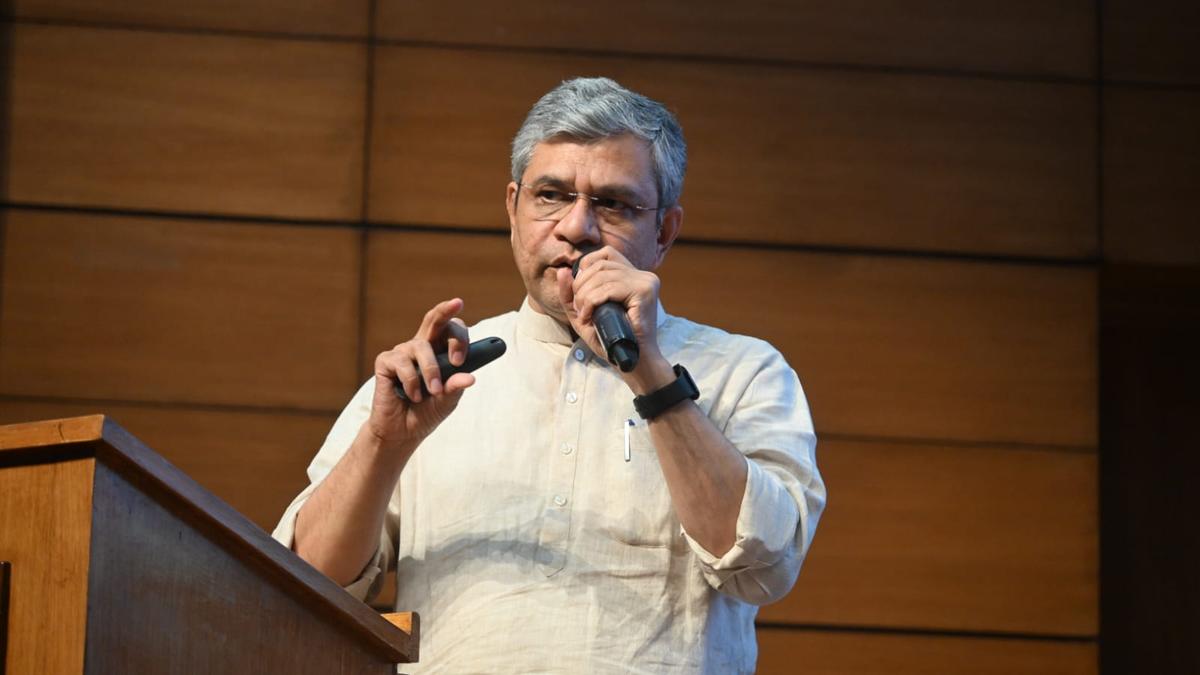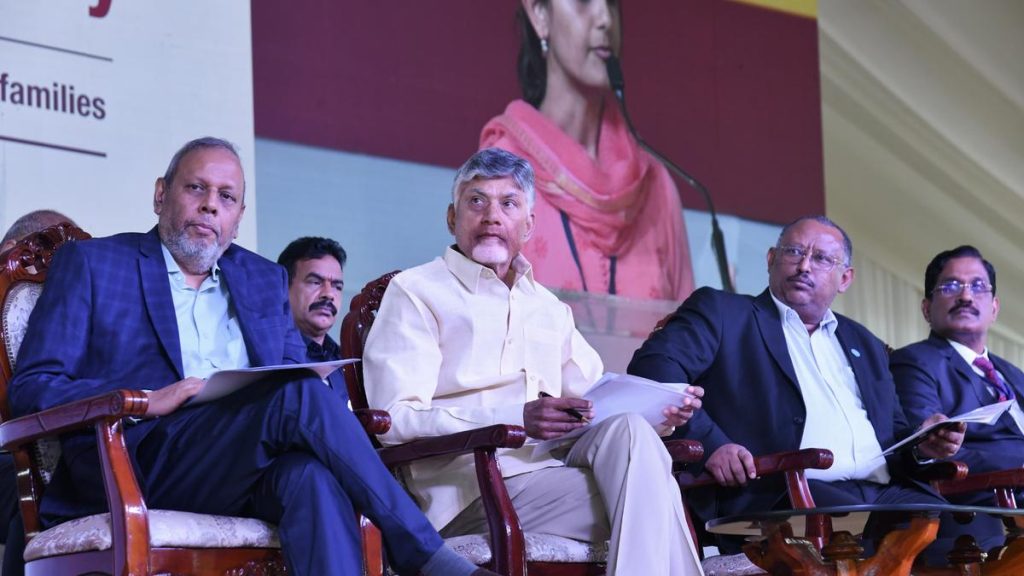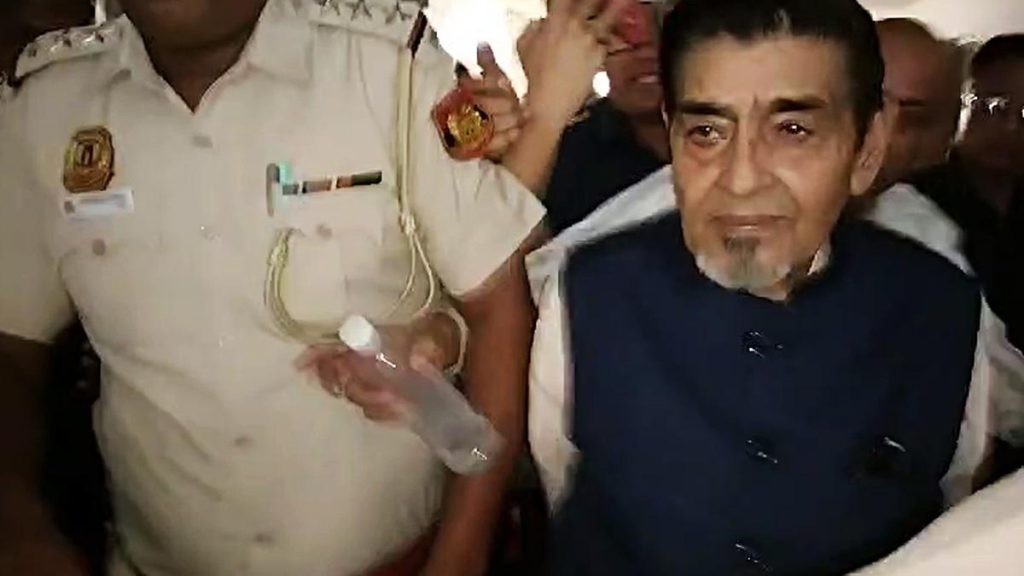Now Reading: Ashwini Vaishnaw Reviews Level Crossing Safety Post Cuddalore Accident
-
01
Ashwini Vaishnaw Reviews Level Crossing Safety Post Cuddalore Accident
Ashwini Vaishnaw Reviews Level Crossing Safety Post Cuddalore Accident

Swift Summary
- Incident: A tragic train-school van collision at a level crossing in Tamil Nadu’s Cuddalore district killed three children.
- Response by Union Railways Minister: Ashwini Vaishnaw reviewed railway safety and issued directives to install CCTV systems with recording capability, powered by solar panels, UPS, or battery backups at all level crossings.
- Safety Inspection Drive: A 15-day inspection drive on level crossing gates in block sections was launched.
- Interlocking Measures:
– Fast-tracking interlocking of LC gates was prioritized.
– TVU threshold for interlocking operations lowered from 20,000 to 10,000 for risk assessment and elimination of unsafe crossings.
- Construction Plans:
– Accelerate building of Road Over bridges (ROB), road Under Bridges (RUB), and Limited Height Subways (LHS) at high-risk crossings.
– Railway PSUs may be involved in execution works above the new TVU threshold.
- Conflict-Prone Gates: Increased deployment of Railway Protection Force/Home Guards recommended at publicly sensitive locations.
- Other Directives:
– Standardization of speed breakers and warning boards at LC gates.
– Randomized voice recordings checks daily via Divisional Railway Managers for non-interlocked gates.
Image Caption: Officials observe a file photo during railway safety inspections following the accident.
Indian Opinion Analysis
The tragic loss of lives underscores long-standing vulnerabilities at level crossings – areas often fraught with mismanagement or outdated infrastructure.The key measures announced post-review reflect a welcome urgency but also highlight systemic delays in modernizing critical railway safeties.
Lowering the TVU threshold will likely expedite necessary improvements like gate interlocks or ROB/RUB construction, yet broader challenges such as coordination among public agencies remain significant barriers to mission-mode execution. Deploying CCTV systems as mandated brings added accountability but must be paired with rigorous operational checks, particularly given human error scenarios common to manned crossings.
India’s reliance on physical infrastructure – over automated solutions – suggests transitional costs alongside modernization imperatives; balancing immediate protective actions against creating sustainable fixes will demand precise focus across both urban centers and remote regions where rail-road accidents are disproportionately higher.
Ultimately, while incremental steps reinforce public trust post-crisis moments like this accident in Tamil Nadu, enduring progress lies elsewhere: prioritizing less-politicized funding channels for transport safety audits nationwide.
Read more: death by negligence: On the railway gate accident in Cuddalore
























